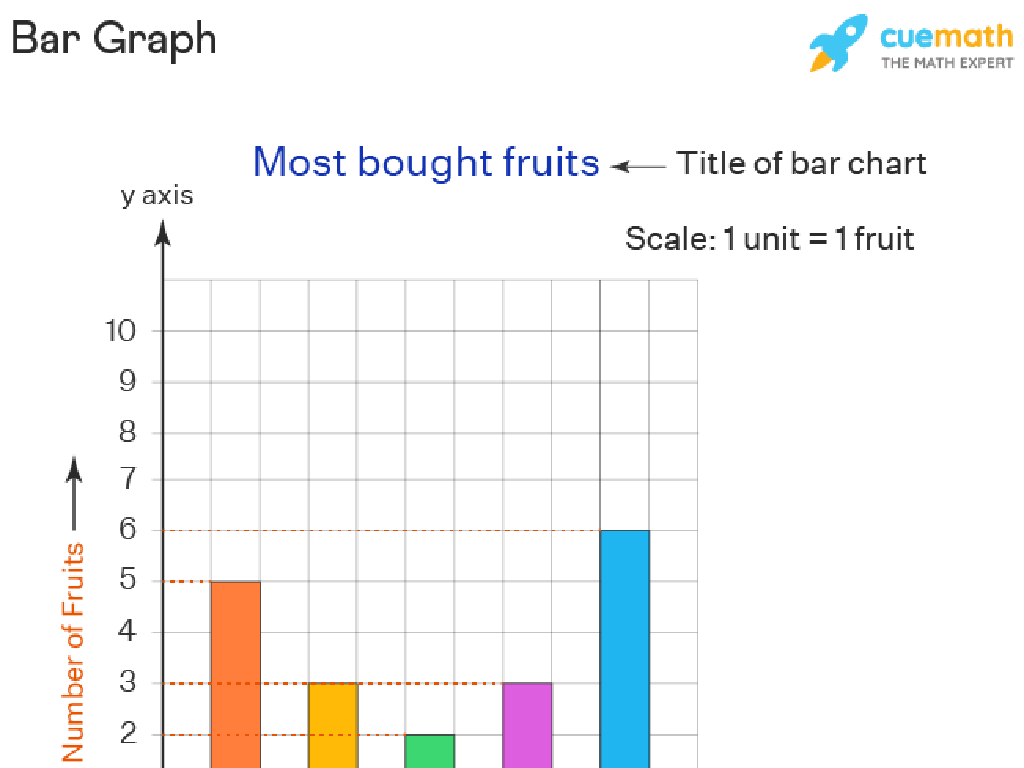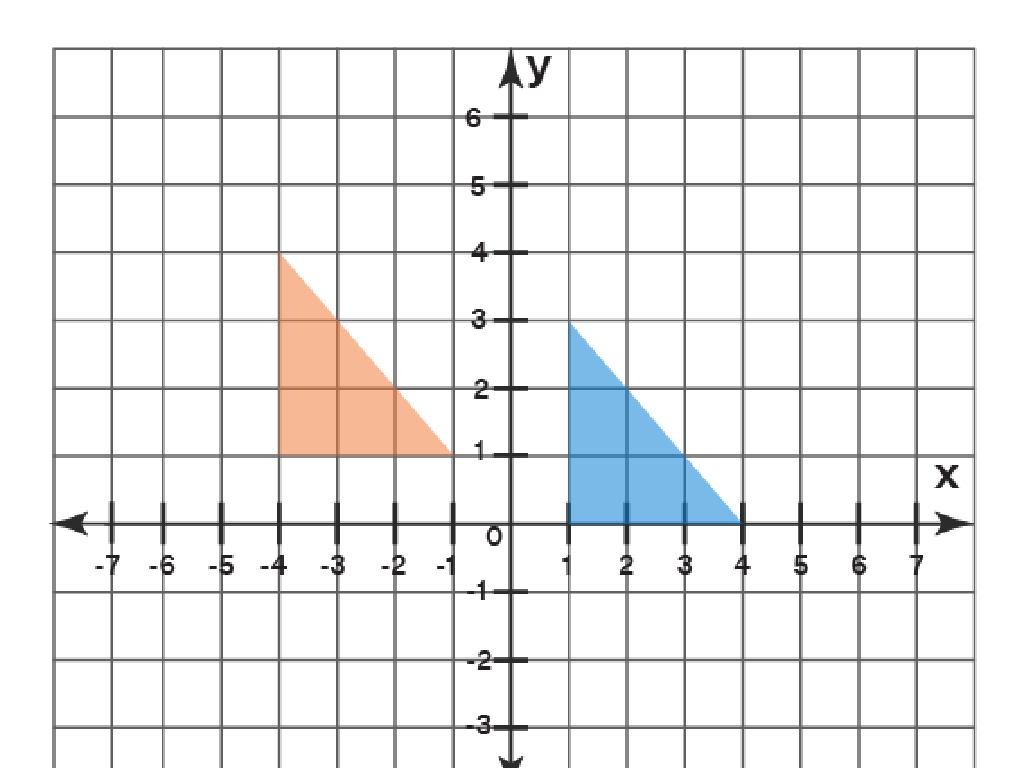Is It A Complete Sentence, A Fragment, Or A Run-On?
Subject: Language arts
Grade: Sixth grade
Topic: Sentences, Fragments, And Run-Ons
Please LOG IN to download the presentation. Access is available to registered users only.
View More Content
Introduction to Sentences
– Building blocks of writing
– Characteristics of a complete sentence
– Subject + verb + complete thought = complete sentence
– Sentence vs. fragment vs. run-on
– Sentence: complete idea. Fragment: missing parts. Run-on: too many ideas without proper punctuation.
– Recognizing and correcting errors
– Practice identifying each type in examples.
|
This slide introduces the fundamental concepts of sentence structure, which is crucial for effective writing. Begin by explaining that sentences are the building blocks of writing, much like bricks are to a building. A complete sentence must have a subject, a verb, and express a complete thought. Contrast this with fragments, which are incomplete because they’re missing one of these elements, and run-ons, which improperly combine multiple ideas without correct punctuation. Use examples to illustrate each point, and prepare exercises where students can practice distinguishing between complete sentences, fragments, and run-on sentences. This will lay the groundwork for improving their writing skills.
Understanding Complete Sentences
– A complete sentence structure
– Every sentence needs a subject (who or what) and a predicate (what about it).
– Must express a complete thought
– Example of a complete sentence
– ‘The dog barked loudly,’ has both a subject (the dog) and a predicate (barked loudly).
|
This slide introduces the concept of a complete sentence to the students. Emphasize that a complete sentence is not just about having a subject and a predicate, but it’s also about expressing a full idea that makes sense on its own. Use the example provided to illustrate how the subject and predicate work together to form a complete thought. Encourage students to create their own examples of complete sentences and share them with the class. This will help reinforce their understanding of the subject-predicate relationship and the importance of expressing a complete thought.
Understanding Sentence Fragments
– Define sentence fragment
– A fragment is an incomplete sentence that’s missing a subject, verb, or a complete thought.
– Why fragments lack completeness
– Fragments can’t stand alone because they don’t express a full idea. They make readers ask ‘What happens next?’
– Examples of fragments
– ‘Running through the park.’ or ‘After the party.’ These lack a subject or verb.
|
This slide aims to help students identify sentence fragments and understand why they do not constitute complete sentences. Begin by defining a sentence fragment and explaining the components of a complete sentence. Emphasize that a complete sentence must have at least a subject and a verb, and most importantly, it must express a complete thought. Use examples to illustrate how fragments fail to provide a complete idea, leaving the reader with questions. Encourage students to look for missing elements in a sentence and to practice turning fragments into complete sentences. This will enhance their writing skills by ensuring clarity and completeness in their expression.
Run-on Sentences: Spot and Fix Them!
– What is a run-on sentence?
A run-on sentence has two or more independent clauses without proper punctuation or conjunctions.
– Why avoid run-on sentences?
Run-ons can confuse readers and make writing unclear.
– Examples of run-on sentences
Example: ‘I love to write it is fun I write every day.’
– Correcting run-ons
Use punctuation or conjunctions to separate ideas and clarify meaning.
|
This slide aims to help students identify run-on sentences and understand why they can lead to confusion in writing. A run-on sentence improperly combines two or more complete thoughts without correct punctuation or connecting words. Emphasize the importance of clear communication and how avoiding run-ons can improve their writing. Provide examples of run-on sentences and demonstrate how to correct them by adding periods, commas, or conjunctions. Encourage students to practice by writing their own sentences and then checking for and correcting any run-ons.
Fixing Sentence Structure
– Correcting sentence fragments
– Add a subject or verb to complete the thought
– Fixing run-on sentences
– Use punctuation or conjunctions to separate ideas
– Editing practice activity
– We’ll review examples and edit sentences as a class
|
This slide focuses on teaching students how to identify and correct incomplete sentences and run-ons. For fragments, guide students to look for missing subjects or verbs and discuss how to add the necessary components to complete the thought. When addressing run-ons, instruct on the use of punctuation like periods, commas, or semicolons and conjunctions to properly separate and connect ideas. The practice activity will involve collaborative editing of example sentences, allowing students to apply what they’ve learned. Prepare a set of sentences for the class to work on together, ensuring a mix of fragments, run-ons, and complete sentences to provide a comprehensive review.
Class Activity: Sentence Surgery
– Work in pairs for sentence identification
– Identify sentences, fragments, and run-ons
– A sentence has a subject and a verb and expresses a complete thought
– Correct fragments and run-ons
– A fragment is an incomplete sentence missing a subject, verb, or complete thought
– Create complete sentences
– A run-on is two sentences joined without proper punctuation
|
This interactive class activity encourages students to work collaboratively to identify and correct sentence structure issues. Provide students with examples of sentences, fragments, and run-ons. They will work in pairs to diagnose each example and then ‘operate’ by applying their knowledge to correct the fragments and run-ons. Offer guidance on how to spot a complete sentence versus a fragment or a run-on. For fragments, students should add the missing elements. For run-ons, they should add punctuation or conjunctions to separate the ideas. Possible variations of the activity could include peer review of each other’s work, creating a classroom wall of ‘before and after’ sentences, or even a competition to see which pair can correctly fix the most sentences.
Wrapping Up: Sentences, Fragments, and Run-ons
– Recap of sentence structures
– Value of complete sentences
– Complete sentences express clear thoughts.
– Homework: Analyze a paragraph
– Write a paragraph; label each part.
– Practice makes perfect
– Identifying structures improves writing.
|
In this concluding slide, we summarize the key points from today’s lesson on sentence structures. Emphasize the importance of using complete sentences to express clear and complete thoughts in writing. For homework, students will write a short paragraph and then identify the complete sentences, fragments, and run-ons within it. This exercise will help reinforce their understanding of the concepts taught in class. Encourage students to practice this skill, as it is crucial for their development as proficient writers. During the next class, review the homework to address any misconceptions and provide further clarification.





